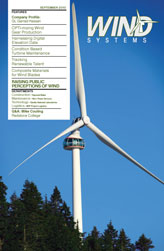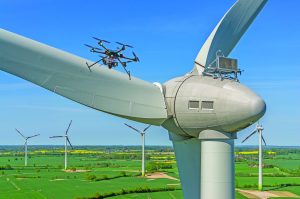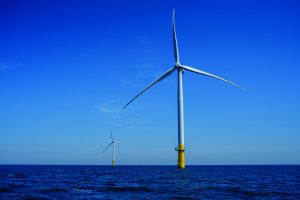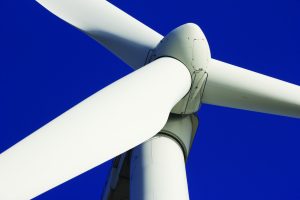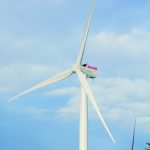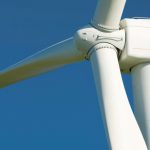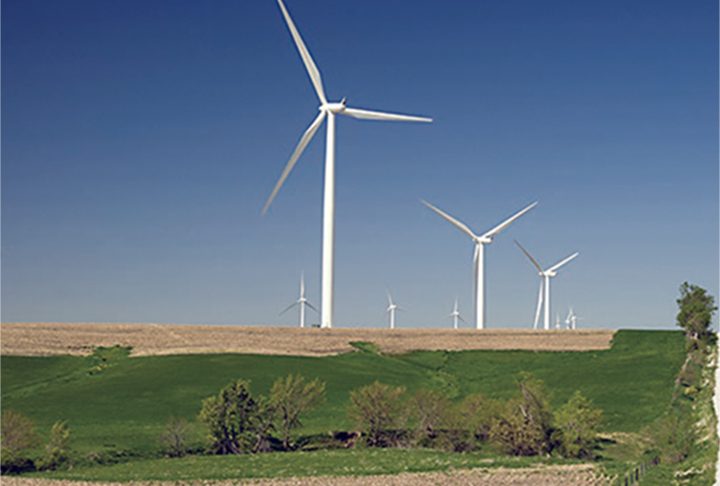According to Wikipedia, innovation is a change in the thought process for doing something, or the useful application of new inventions or discoveries. It may refer to an incremental emergent or radical and revolutionary changes in thinking, products, processes, or organizations.
Since the global acceptance of the utility-tied, three-bladed upwind configuration over 30 years ago engineers and scientist across the globe have developed innovative techniques and improvements to increase the efficiency, availability, and reliability of wind turbines. Efficiency improvement options are always attractive given the strong coupling to cost-of-energy (COE) and because of the ease of calculating the return on the investment. Revolutionary examples of innovation over the last 30 years include the use of laminar airfoils, the transition to variable speed and pitch from stall-regulated designs, and many more. These innovations have enabled the wind industry to become globally cost competitive, and to install products that are designed for a 20-year lifespan.
 As we look to the future, the large “low-hanging fruit” of efficiency improvement areas for land-based deployment are no longer there, and designers, engineers, and scientist at national labs, universities, and manufacturers are evaluating, designing, and implementing concepts that are focused on refining and improving the technology.
As we look to the future, the large “low-hanging fruit” of efficiency improvement areas for land-based deployment are no longer there, and designers, engineers, and scientist at national labs, universities, and manufacturers are evaluating, designing, and implementing concepts that are focused on refining and improving the technology.
Ongoing research—taking place both domestically and internationally—focused on next-generation concepts has identified the viability and feasibility of active aerodynamic surfaces on wind turbine blades. The primary concept is to design and implement low energy consuming, fast acting, and simple aero surfaces that can modify the localized flow in order to affect the high frequency content in the wind. This capability will provide designers with a new set of actuators that can be managed to fine-tune the performance of machines and will be able to adapt to local atmospheric phenomena that are difficult to resolve with current actuation. Initial results from Sandia National Laboratories’ SMART rotor program have shown the ability of these methodologies to significantly reduce system loads and enable designers to increase the rotor size for a given architecture, yielding a net annual energy increase.
In order to fully realize the benefits of active aerodynamics, the localized conditions must be understood. Cost effective sensor technologies that provide the necessary information (load, pressure, etc.) and have the appropriate resolution must be collocated near the actuators to be able to control the surface effectively and efficiently. Although the initial results are quite promising, it is important to keep cost, reliability, and maintainability in mind in order to ensure the implementation and acceptance by the industry.
Innovation such as the SMART program will always be a part of technology development. Although cost competitive, the wind industry must continue to identify improvement areas to increase viability and ensure that wind can compete in athe diverse energy sector of the future.
















